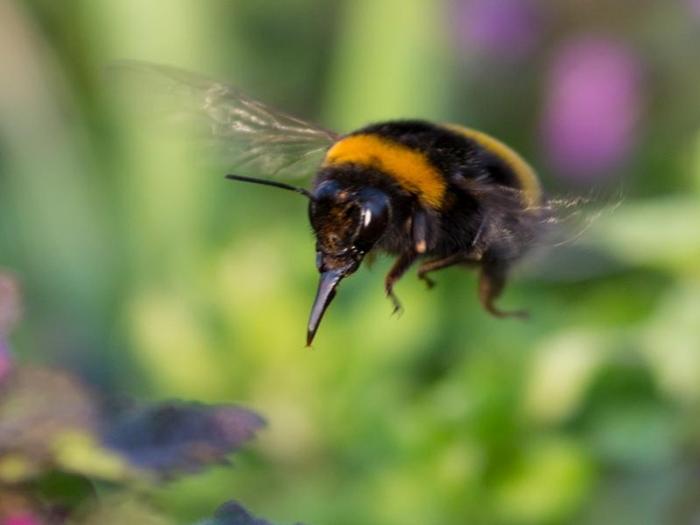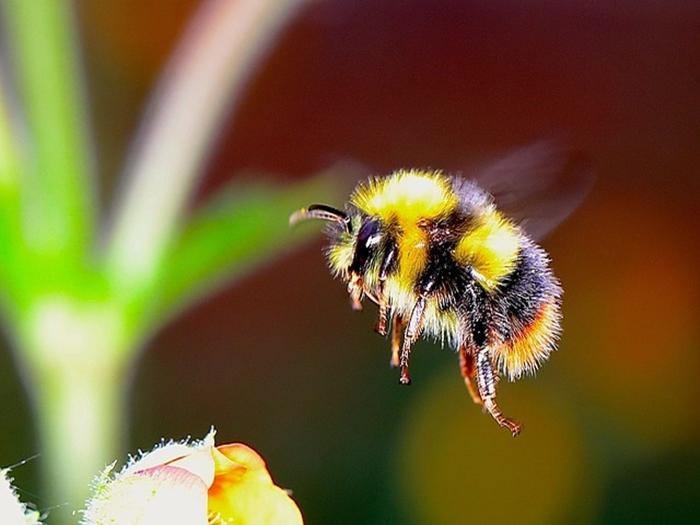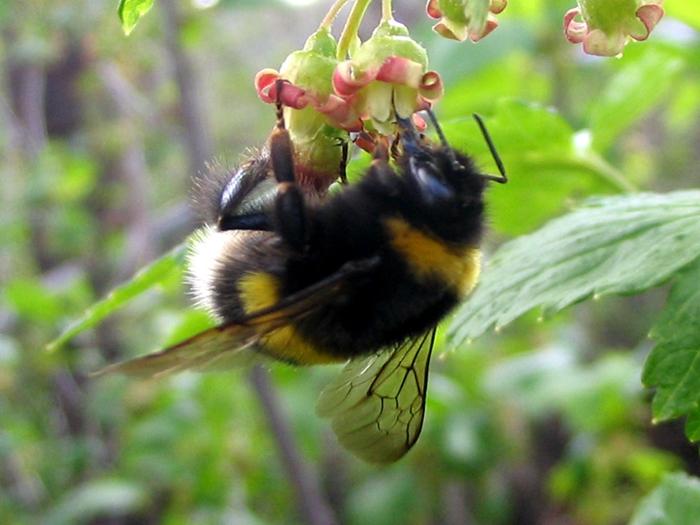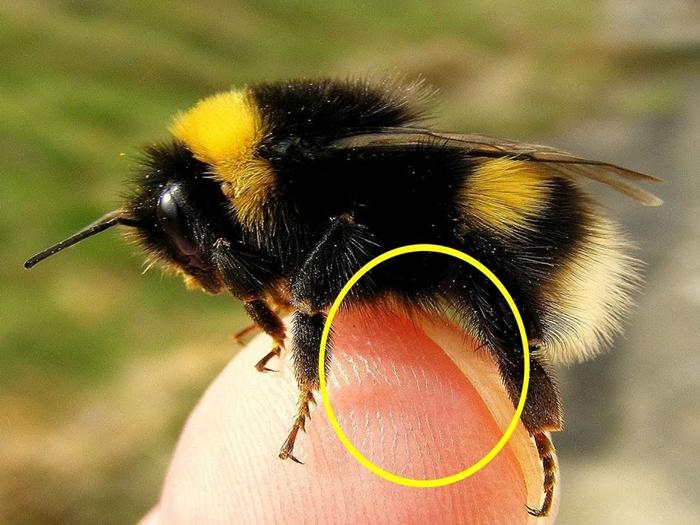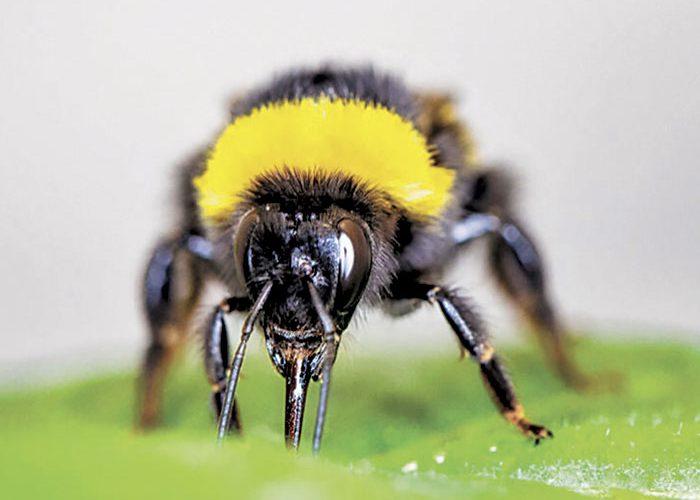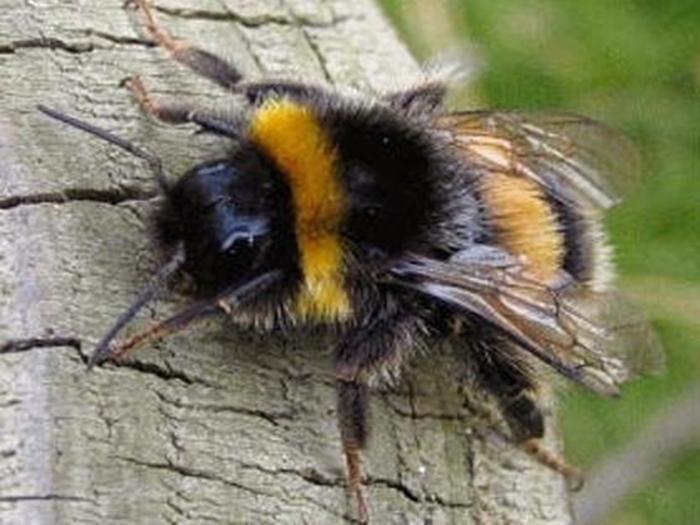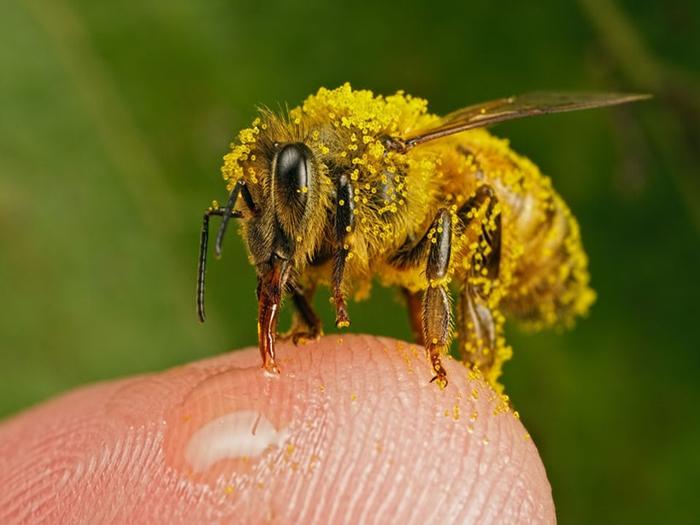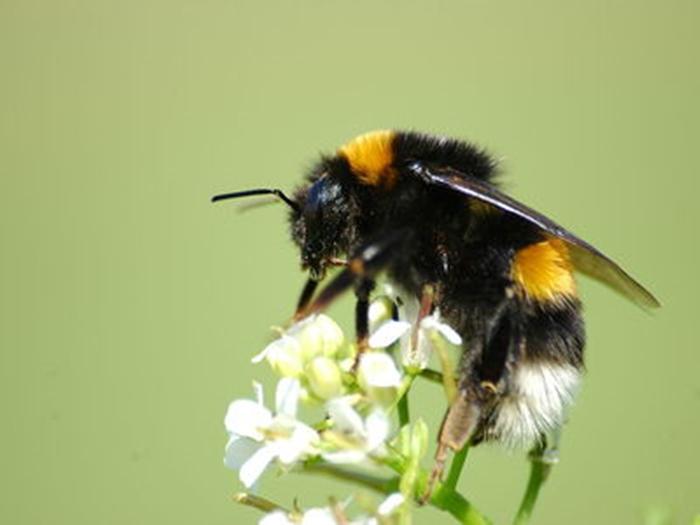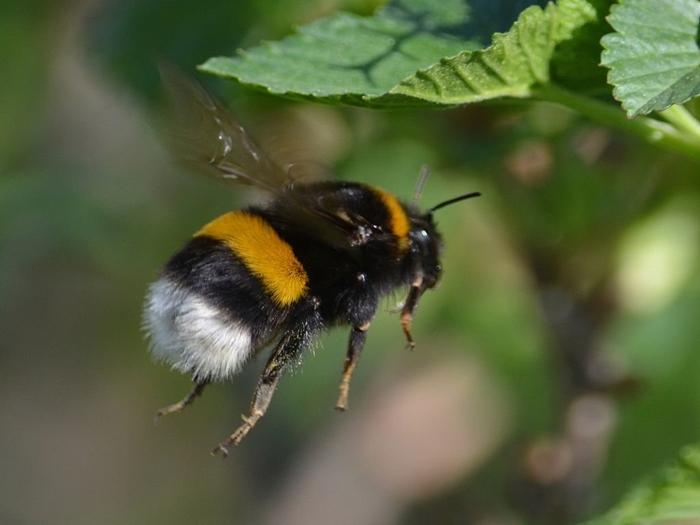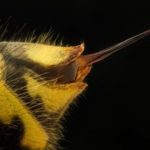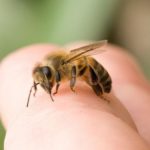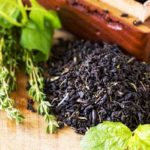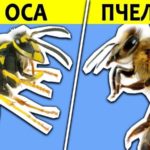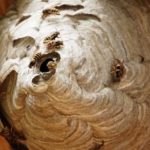The bumblebee is a close relative of honey bees. Insects live in families, feed on nectar and are capable of producing honey. This is a large, non-aggressive insect that is difficult to anger, which is why many people wonder if a bumblebee bites. It will certainly be interesting for readers to learn about the reasons for insect attacks on humans, their consequences and ways to avoid attacks.
Do bumblebees have a sting?
This dangerous element is present in female insects. Nature has not endowed males with this method of protection, but males have powerful jaws and are able to bite through the skin.This causes significant pain, which is why many people believe that insects do not sting, but bite a person.
The sting of bumblebees differs in structure from that of bees. It is not jagged and is easily removed from the wound after injecting poison; its structure is similar to an injection needle. It can only remain in the wound by accident, then it needs to be removed with tweezers. Bumblebee venom consists of several components:
- bombilitina;
- phospholipases;
- serotonin.
It is less aggressive and painful than bee venom, but can cause serious problems.
Does the insect attack humans?
Large hairy insects can sting if they sense danger from a person. The cause of the attack is a pungent odor emanating from the body (alcohol, fumes, tobacco, notes of oxidized metal). Bumblebees are also irritated by the color blue. When going out of town on vacation, avoid blue shades in clothes. The scent of perfume can also cause an attack.
Usually a bumblebee stings if you accidentally disturb its home or settle down near it to rest. Sweet drinks present at picnics, the aroma of meat and fruit attract insects, and an attempt to fight off uninvited guests is perceived as an attack on the bumblebee family.
Redness, swelling - this is what an insect bite looks like.
If a person is prone to allergic reactions, a child or an elderly person is affected, it is necessary to seek medical help.
First aid for a bite
It is necessary to examine the affected area. If there is a sting left in the wound, it should be removed with tweezers. The tweezers must first be treated with alcohol, a solution of chlorhexidine or hydrogen peroxide. A sting left in the wound can cause suppuration.
After this, the bite site is treated with an alcohol solution of 1:3 or ammonia solution of 1:5 (ammonia), hydrogen peroxide. If they are not at hand, itching and burning are relieved with a slice of lemon, a piece of fresh onion or an apple. Crushed parsley or plantain leaves relieve discomfort. This compress is replaced with a fresh one every 1.5-2 hours.
You can tie a napkin with a piece of refined sugar to the affected area; sugar can quickly neutralize the components of the poison.
The temperature may rise or chills may begin, sometimes swelling of the larynx occurs and breathing becomes difficult. Possible nausea and vomiting, increased heart rate, and seizures. These symptoms often appear after a bumblebee attack in young children and the elderly.
Important: consuming alcohol after a bumblebee attack enhances the effect of toxins and worsens the situation.
You can apply a paste of crushed validol tablets or activated carbon to the area where the insect stung. The victim is provided with bed rest and given sweet tea. They give him plenty of fluids. Consultation with a doctor is necessary if the patient’s condition worsens, swelling progresses, or the temperature rises significantly.
If the attack occurred on the neck, face, eyes were damaged, an insect accidentally flew into the mouth, or several individuals attacked at once, it is necessary to take the person to the hospital. Allergy sufferers and parents with small children should carry antihistamines recommended by their doctor.
Prevention
Bumblebees do not attack people; the reason for attack is:
- holiday location near insect habitats;
- sudden movements;
- attempting to kill or capture an insect;
- accidental nest destruction.
You should take with you to nature a first aid kit stocked with antihistamines, antipyretics, and antiseptics. Monitor children carefully; they do not appreciate the danger and may chase the bumblebee and try to catch it. When traveling, you should wear tight, closed clothing. Before settling down to rest, you should carefully examine the place and its immediate surroundings. A bumblebee does not die after being bitten and rarely (unlike wasps) attacks again.
Bumblebees sting so rarely that many people don’t even know whether they are capable of it or not. However, every living creature protects itself, its own home and family. Therefore, when threatened, they can attack and cause serious problems to a person.

